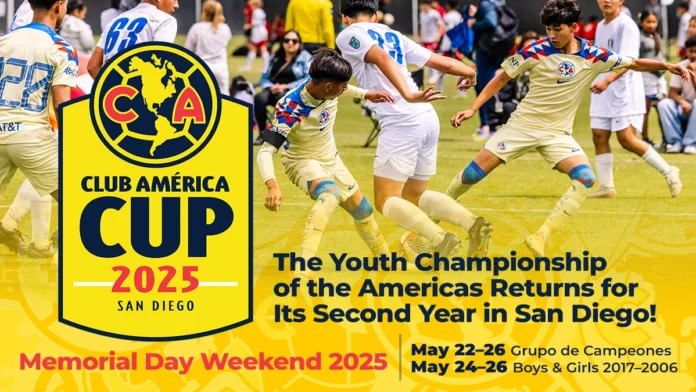Okay, let’s have a coffee-shop chat. You’re scrolling through your feed, minding your own business, maybe catching up on the Premier League or the latest cricket scores. And then you see it. A flash of bright yellow and blue, a crest with an eagle, and a name that sounds vaguely familiar: Club América .
Maybe you saw a highlight of a wild goal, a stadium that looked absolutely electric, or fans who seemed to be celebrating with the kind of passion usually reserved for a World Cup final. And you probably thought, “Right, who are these guys? And why should I, sitting here in India, even care?”
Here’s the thing: you’re not just looking at another football team. You’ve stumbled upon a cultural phenomenon. Club América isn’t just the most successful club in Mexico; they are the New York Yankees, the Manchester United, and the Real Madrid of North American football all rolled into one. They are a story of money, power, media influence, and a level of unapologetic arrogance that is, frankly, breathtaking.
So, pull up a chair. Let me tell you why this team matters, and why understanding them gives you a front-row seat to one of the most passionate stories in global football.
So, Who Exactly Are Las Águilas?
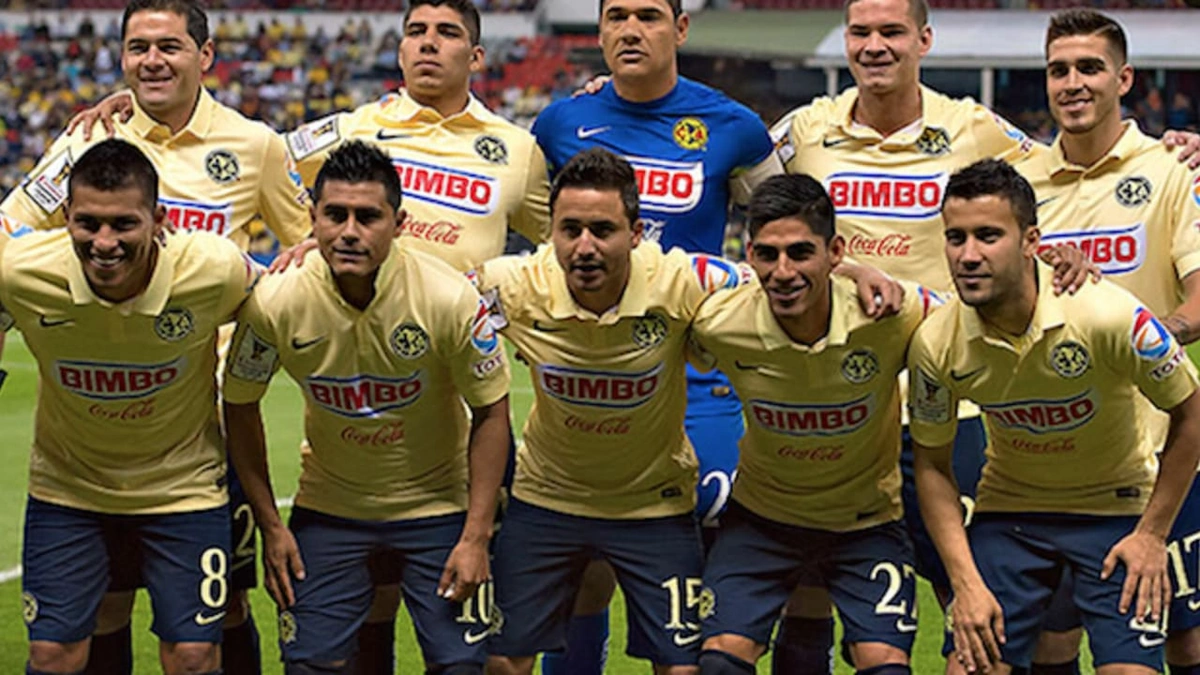
At its core, Club América is a professional football club based in Mexico City. They play their home games at the legendary Estadio Azteca a true cathedral of football. This isn’t just any stadium; it’s the ground where Pelé’s Brazil lifted the 1970 World Cup and, more famously for the rest of the world, where Diego Maradona scored both the “Hand of God” and the “Goal of the Century” in 1986. The place has history soaked into its very concrete.
Their nickname is Las Águilas (The Eagles), and they are, without exaggeration, the titans of Mexican football . They’ve won more Liga MX titles than any other team. But their identity isn’t just built on trophies. It’s built on how they became who they are.
In 1959, the club was bought by Emilio Azcárraga Milmo, a media mogul who owned Televisa, the largest Spanish-language media company in the world. This was a game-changer. Azcárraga didn’t just want to own a football team; he wanted to build a spectacle. He poured money into the club, signing the best players and ensuring they were constantly on television. He made them the glamorous, high-profile, “establishment” team.
And in doing so, he created a monster. A beautiful, successful, and widely despised monster.
The “Ódiame Más” Philosophy | Why They Embrace the Hate
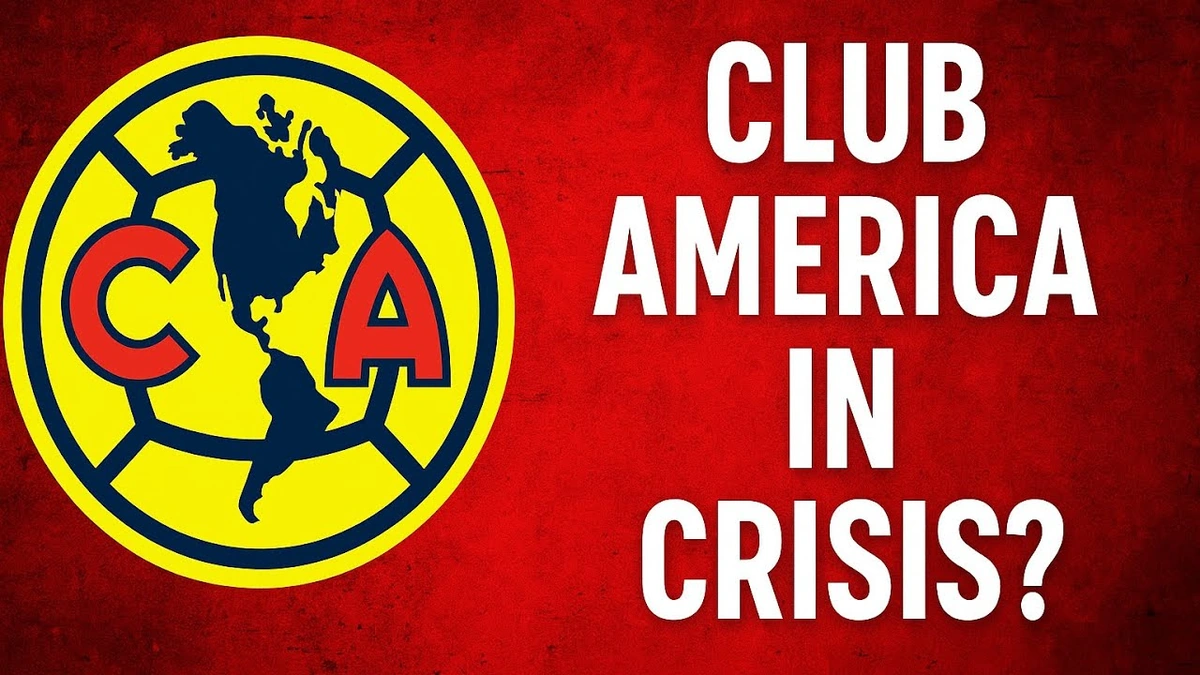
This is where it gets truly fascinating. Most teams want to be loved. They want to be seen as the scrappy underdog or the people’s champion.
Club América? They went the other way.
Their unofficial, fan-adopted slogan is “Ódiame Más.”
It means “Hate Me More.”
Just let that sink in. It’s a philosophy, a challenge, a declaration of war. The club and its fans feed on the animosity of others. They understand that the boos, the insults, and the desperate desire of every other team to beat them are just proof of their greatness. Every victory is sweeter because of how much it hurts their rivals. Every trophy is a middle finger to the rest of the league.
This attitude was born from their Televisa-fueled dominance. Fans of other clubs felt América was the league’s pet project, a team that had every advantage. They were the rich city slickers, and everyone else was playing on an uneven field. Instead of fighting this perception, Club América leaned into it. They became the villains of the story, and they loved every second of it. It’s a brand of confidence so potent, it’s almost an art form.
More Than a Club | A Cultural & Media Juggernaut
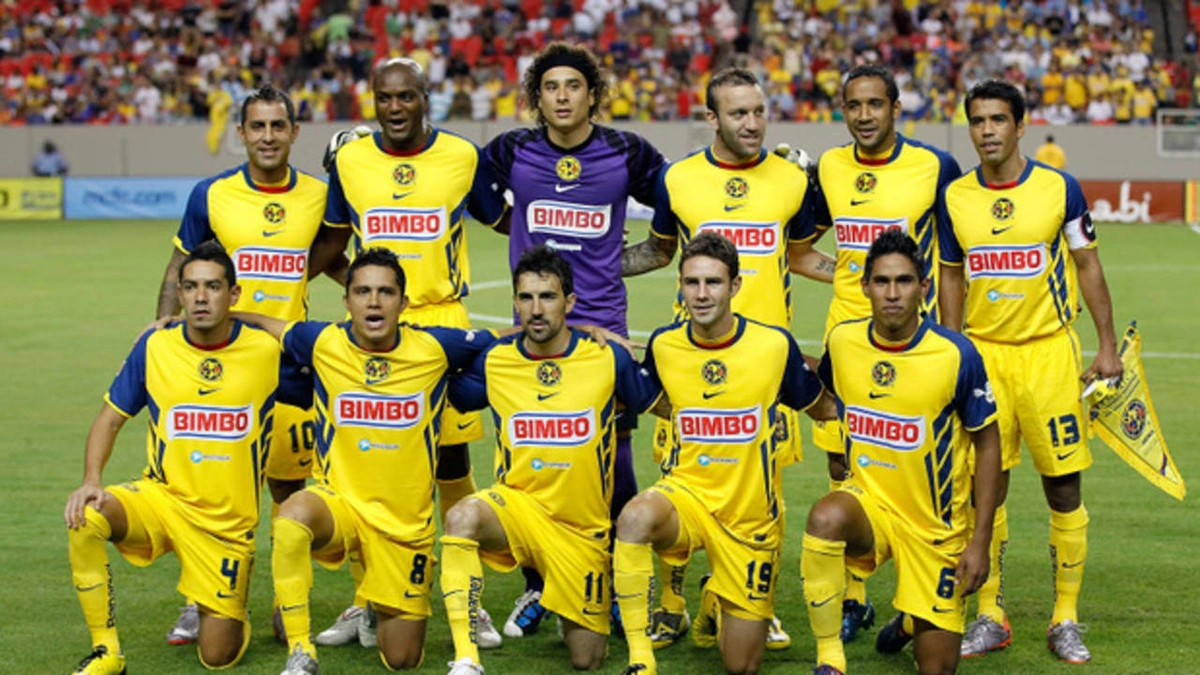
You can’t separate the story of Club América from the story of Televisa. Because they were owned by a media giant, their games were always broadcast, their stars were turned into national celebrities, and their narrative was always front and center. This created a massive, nationwide fanbase, but it also created an equally massive army of detractors.
Over the years, the club has been home to some of the game’s most iconic and controversial figures. Perhaps no one embodies the spirit of América more than Cuauhtémoc Blanco . A uniquely gifted but famously temperamental player, Blanco was a genius on the ball unpredictable, brilliant, and with a flair for the dramatic. He was loved by América fans and absolutely loathed by everyone else. He was, in essence, the club in human form.
Coaches like the chain-smoking Argentine strategist Ricardo La Volpe also added to the club’s mystique, bringing a tactical sophistication that often felt lightyears ahead of their rivals. This combination of star power, media backing, and on-field success created a cycle of dominance that has lasted for decades.
The Rivalries That Define a Nation | El Súper Clásico
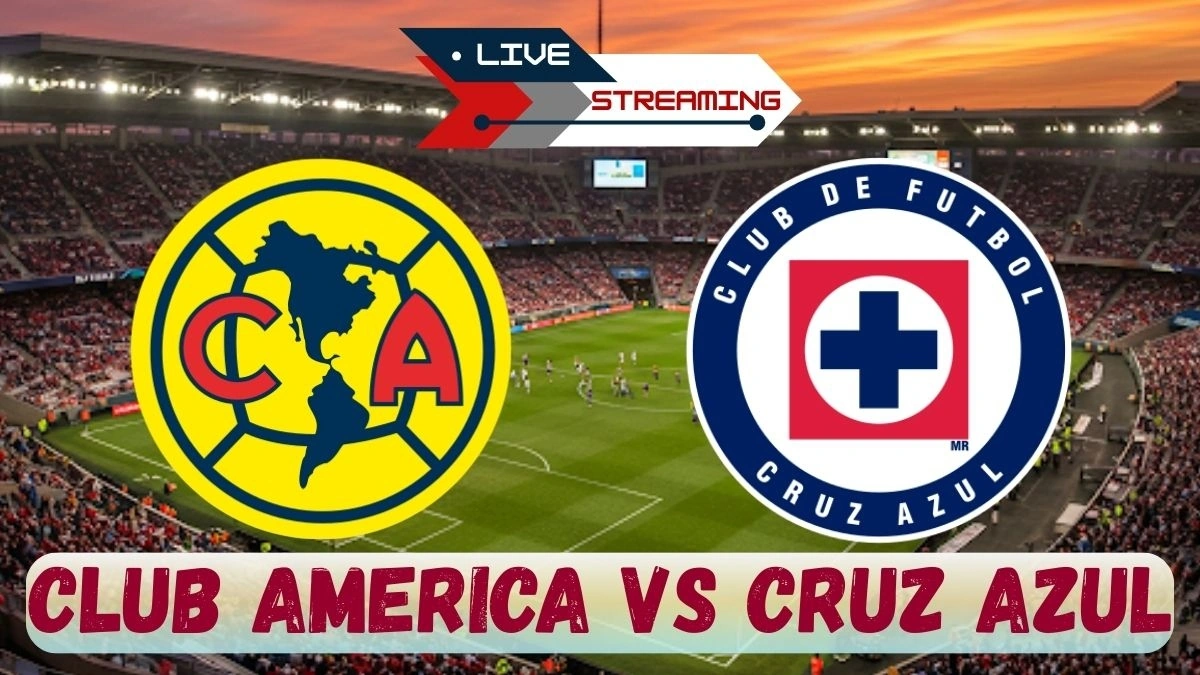
To truly understand the “hate me more” mentality, you have to look at their rivalries. And none is bigger, more bitter, or more culturally significant than El Súper Clásico against C.D. Guadalajara, better known as Chivas.
This isn’t just a football match; it’s a clash of ideologies. Check out these awesome sports stories for more info.
- Club América: The wealthy, cosmopolitan giants from the capital. They sign the best players from all over the world. They represent money, power, and globalization.
- Chivas de Guadalajara: The team from Mexico’s “second city.” They have a famous policy of *only* fielding Mexican players. They represent tradition, national pride, and the common man.
It’s the ultimate narrative: Rich vs. Poor. Capital vs. Provinces. International vs. National. Every match is a battle for the soul of Mexican football. The derby against their city rivals, Cruz Azul (the Clásico Joven ), is also a massive affair, often deciding league titles, including the recent Club América vs Cruz Azul final that sealed another championship for the Eagles.
These rivalries are the furnace where the club’s identity is forged.
Frequently Asked Questions About Club América
What league does Club América play in?
Club América plays in Liga MX , which is the top professional football division in Mexico and is widely considered the strongest league in North America.
Who is their biggest rival?
Their biggest and most historic rival is C.D. Guadalajara (Chivas). The match between them is called El Súper Clásico and is the most-watched club match in Mexico.
Why are they called Las Águilas?
They are called Las Águilas (The Eagles) as part of a rebranding effort in the early 1980s to give the team a more powerful and aggressive identity. The eagle is a symbol of strength and pride, fitting their on-field persona perfectly.
Is Estadio Azteca really that famous?
Absolutely. It is one of the most iconic football stadiums in the world. It’s the only stadium to have hosted two FIFA World Cup finals (1970 and 1986) and is renowned for its massive size and incredible atmosphere.
Have any famous non-Mexican players played for them?
Yes, many. Players like Chilean legend Iván Zamorano (who played for Real Madrid and Inter Milan), Argentine star Claudio “Piojo” López, and Paraguayan goal-machine Salvador Cabañas have all worn the famous yellow jersey.
So, the next time you see that yellow and blue crest flash across your screen, you’ll know. You’re not just looking at a team playing a game. You’re looking at a story a drama about power, pride, identity, and a brand of arrogance so perfect it became a philosophy. Find more sports news here .
And whether you find yourself intrigued, repulsed, or secretly impressed, one thing is certain: you can’t ignore them. And that is exactly how Club América likes it.

